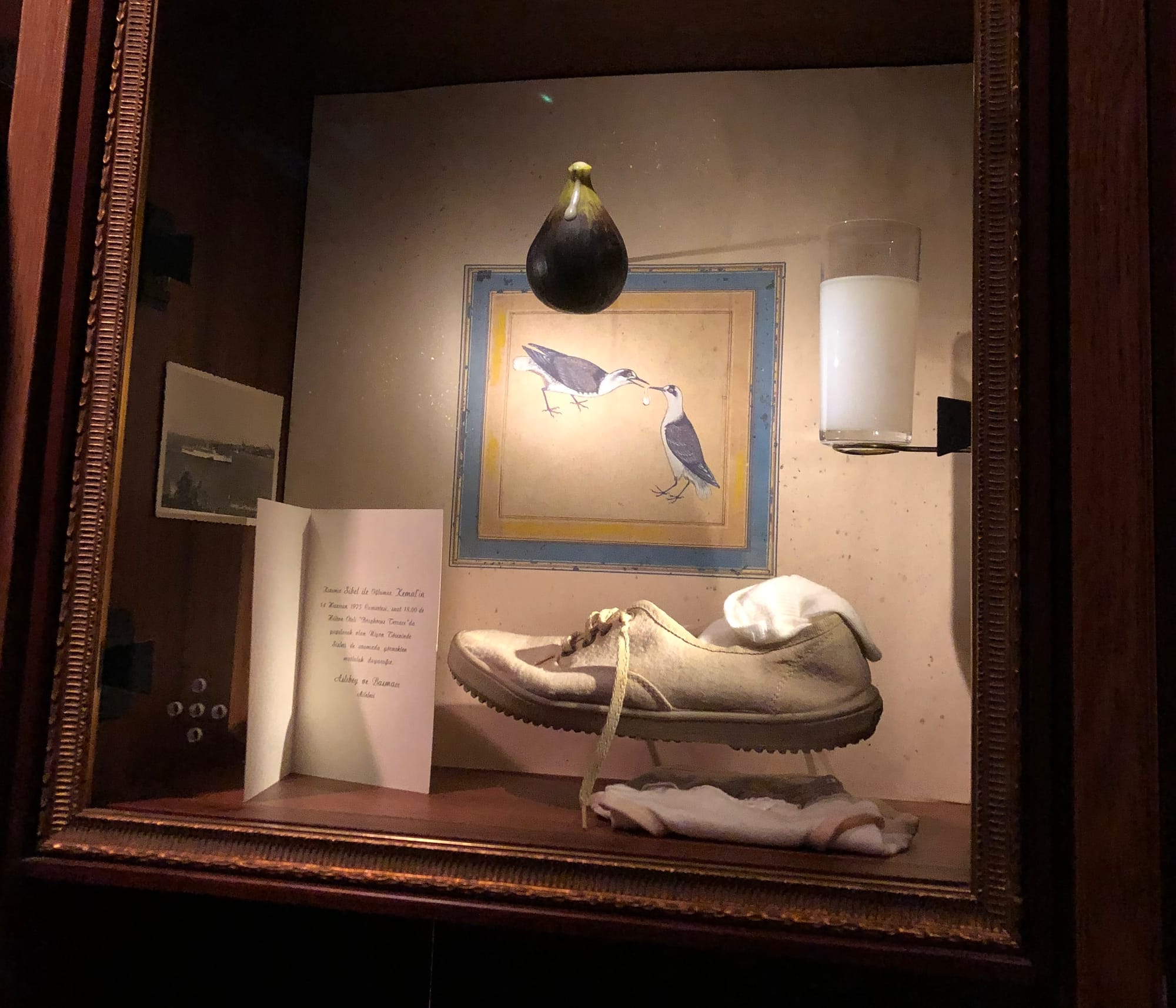The Museum of Innocence

by Shirley Wang
The Museum of Innocence is currently my favorite museum in the world. I haven’t been to too many museums, but opinions are important to have. Each display in The Museum of Innocence tells the story of a man named Kemal Basmací, and his lover, Füsun, in 1970s Istanbul. The museum, housed in a three-story residence in the middle of Istanbul, consists of mementoes of their affair—teacups, earrings, ticket stubs—and also, things that reminded Kemal of her after they’d broken up, such as cigarette butts, old photographs, abandoned lipstick tubes.
The Turkish novelist Orhan Pamuk, who won the Nobel Prize for Literature in 2006, created this museum as part of his novel, The Museum of Innocence. He knew that random old objects were vessels for imagination and curiosity. He visited junk shops and friends' houses, began gathering things he thought would fit the story, and then developed the book and museum in tandem.
The project is romantic, that is to say, full of embarrassingly sincere emotions. It tells the story of a haunted and obsessive person, and also describes Kemal as having extracted affection from the objects. He clutched and even sniffed each item before placing it in this shrine.
We found the museum on a very narrow Istanbul street with sharp curves and steep inclines. Outside I watched as a white van bore down the street toward three sedans coming in the opposite direction; they surrendered to the van, reversing perhaps two-thirds of a block.
It’s a paywall, but a small one
Read this post and get our weekdaily newsletter for $3 a month
